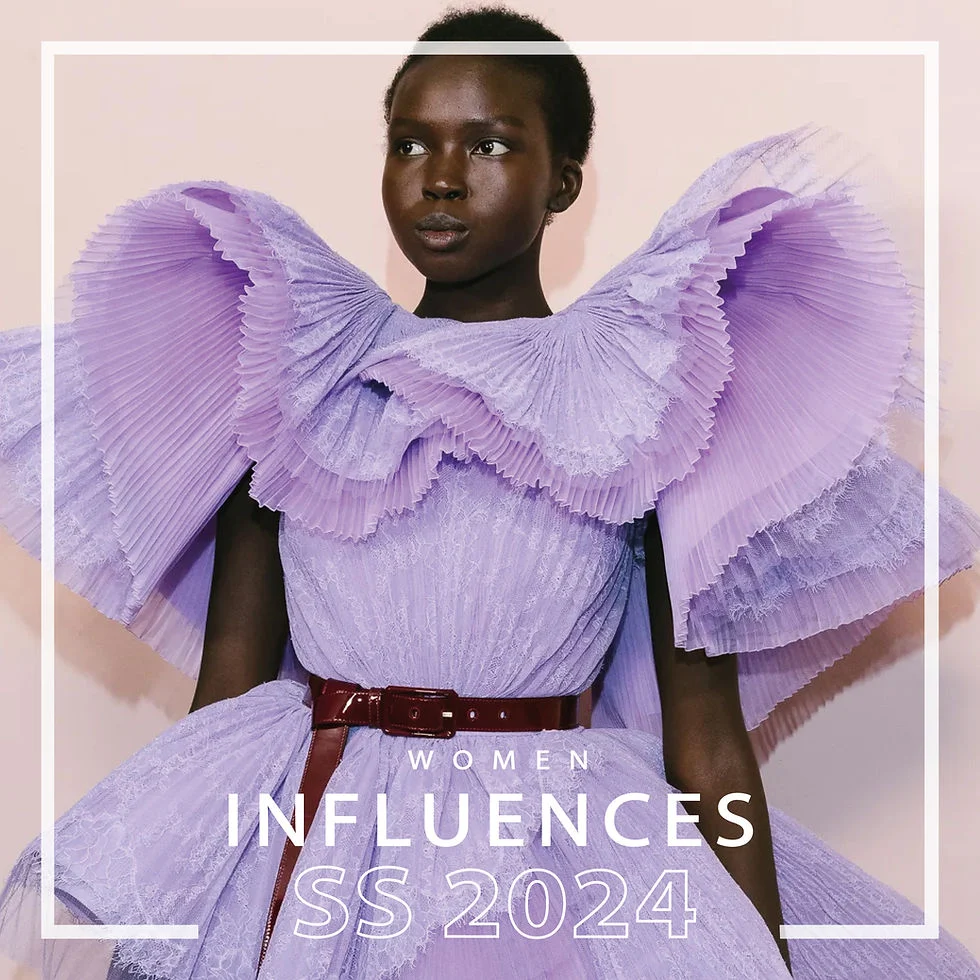In today’s digital age, the influence of social media on fashion trends has become undeniable. Platforms like Instagram, TikTok, and Pinterest have transformed the way we discover, share, and engage with fashion. With millions of users showcasing their unique styles, social media serves as a powerful tool that not only reflects current trends but also sets the stage for future fashion movements. As influencers and everyday users alike curate their feeds, the impact of these platforms on consumer behavior and brand visibility continues to grow.
In this article, we will delve deeper into how social media shapes fashion trends, examining the role of influencers, the rise of fast fashion, and the importance of user-generated content. You will learn about the mechanisms through which social media platforms dictate what is “in” and what is “out,” and how brands are adapting their marketing strategies to keep up with the ever-changing landscape. Additionally, we will explore the psychological effects of social media on fashion choices and the implications for sustainability in the industry.
As we navigate through the intricate relationship between social media and fashion, you will gain insights into the latest trends and the future of style in a digital world. Whether you are a fashion enthusiast, a budding influencer, or simply curious about the dynamics of modern fashion, this article promises to provide valuable information and engaging perspectives. So, keep reading to uncover the fascinating ways social media is reshaping the fashion industry!
Social media has revolutionized the way fashion trends are created, shared, and consumed. Platforms like Instagram, TikTok, and Pinterest have become essential tools for fashion influencers, brands, and consumers alike. This article explores various aspects of how social media influences fashion trends.
The Rise of Influencer Culture
The emergence of social media has given rise to a new breed of fashion influencers who have the power to shape trends. These individuals often have large followings and can sway public opinion through their curated content. Influencers showcase their personal style, which can lead to the rapid spread of new fashion trends.
Brands are increasingly collaborating with influencers to reach wider audiences. This partnership allows brands to tap into the influencer’s follower base, creating a more authentic connection with potential customers. As a result, influencer marketing has become a cornerstone of modern fashion advertising.
Instant Trend Cycles
Social media has accelerated the pace at which fashion trends emerge and fade. Unlike traditional fashion cycles that could take months to develop, trends can go viral overnight on platforms like TikTok. This immediacy creates a sense of urgency among consumers to adopt the latest styles.
As a result, brands must be agile and responsive to these rapid changes. They often rely on social media analytics to track trending styles and adjust their collections accordingly. This shift has led to a more dynamic fashion landscape where adaptability is key.
Democratization of Fashion
Social media has democratized fashion, allowing anyone with an internet connection to participate in trend-setting. Users can share their outfits and style tips, leading to a more diverse representation of fashion. This inclusivity challenges traditional notions of beauty and style, making fashion more accessible to a broader audience.
As a result, niche styles and subcultures can gain visibility and influence mainstream fashion. This shift encourages brands to cater to a wider range of tastes and preferences, ultimately enriching the fashion industry.
The Role of User-Generated Content
User-generated content (UGC) plays a significant role in shaping fashion trends on social media. Consumers often share their own photos and experiences with products, creating a sense of community and authenticity. This content can influence purchasing decisions and drive trends.
Brands that encourage UGC often see higher engagement rates and customer loyalty. By showcasing real customers wearing their products, brands can create a more relatable image, which resonates with consumers looking for authenticity in their fashion choices.
The Impact of Hashtags and Challenges
Hashtags and social media challenges have become powerful tools for trend propagation. On platforms like Instagram and TikTok, specific hashtags can lead to viral trends, making it easier for users to discover new styles. Challenges often encourage users to participate in fashion-related activities, further amplifying trends.
This phenomenon not only boosts visibility for certain styles but also fosters a sense of community among participants. As users engage with these trends, they contribute to a collective fashion narrative that can influence broader consumer behavior.
Sustainability and Ethical Fashion
Social media has also played a crucial role in promoting sustainability and ethical fashion. As consumers become more aware of the environmental impact of fast fashion, they turn to social media for information and inspiration on sustainable practices. Influencers and brands that prioritize ethical fashion often gain a loyal following.
This shift in consumer values has led to a rise in sustainable fashion brands that leverage social media to share their missions. By highlighting eco-friendly practices and transparent supply chains, these brands can attract consumers who prioritize sustainability in their fashion choices.
The Influence of Fashion Weeks and Events
Fashion weeks and events are now heavily covered on social media, allowing real-time access to the latest collections and trends. Designers and brands use platforms like Instagram to showcase their runway shows, making it easier for consumers to engage with high fashion.
This accessibility has blurred the lines between high fashion and street style, as consumers can now see how runway trends translate into everyday wear. As a result, fashion weeks have become a significant source of inspiration for social media users, influencing their personal style choices.
The Future of Fashion Trends in the Digital Age
As technology continues to evolve, the influence of social media on fashion trends is likely to grow. Innovations such as augmented reality (AR) and virtual reality (VR) may change how consumers interact with fashion, allowing for immersive shopping experiences.
Additionally, the rise of artificial intelligence in trend forecasting could further enhance the speed and accuracy of trend identification. As these technologies develop, they will undoubtedly shape the future of fashion, making social media an even more integral part of the fashion ecosystem.
| Aspect | Description |
|---|---|
| Instant Communication | Social media platforms allow for real-time sharing of fashion trends, enabling designers and brands to quickly disseminate their latest collections. |
| Influencer Culture | Fashion influencers and bloggers play a significant role in shaping trends by showcasing outfits and styles to their followers, often leading to viral trends. |
| User-Generated Content | Consumers actively participate in fashion discussions by sharing their own styles, which can influence brands and designers to adapt to these grassroots trends. |
| Global Reach | Social media transcends geographical boundaries, allowing fashion trends to spread globally, making diverse styles accessible to a wider audience. |
| Feedback Loop | Brands receive immediate feedback from consumers through likes, comments, and shares, allowing them to adjust their offerings based on public interest. |
| Fast Fashion | The rapid pace of social media encourages fast fashion brands to produce clothing quickly in response to emerging trends, often leading to sustainability concerns. |
| Visual Appeal | Platforms like Instagram and Pinterest emphasize visual content, making aesthetics a crucial factor in trend development and consumer engagement. |
| Community Building | Social media fosters communities around specific fashion styles, allowing users to connect over shared interests and further propagate trends. |



